To say that this is an astounding piece of work would be an understatement of the year. One does not remember any book of this kind published in India or elsewhere. Not that there aren’t biographical works on astronomers. Subodh Mahanti himself provides 109 references and there surely must be many more, especially in other languages. One can assure him that he has achieved his intention splendiferously. It should be on the bookshelf of every student for the sheer amount of knowledge that he has collected and presented in the most reader-friendly way imaginable. Mahanti has been writing on astronomers and other scientists for more than a decade now for the popular bi-lingual science magazine cum-monthly newsletter called Dream 2047 published by Vigyan Prasar which itself had undertaken special programmes and national campaigns built around celestial events like Total Solar Eclipse (1995, 1999) and Venus Transit (2004).
This book, a collection of the articles he had written, was put together in part to celebrate the International Year of Astronomy (IYA 2009), happily to coincide with the 400th anniversary of the first recorded astronomical observations with a telescope by Galileo Galilie and the publication of Johannes Kepler’s Astronomia Nova (New Astronomy). Though Hipparchus of Rhodes (ca 190 ca 120 BC) is considered the greatest astronomer of antiquity, and Claudius Ptolemy (ca AD 90-168) “the last great classical astronomer, Mahanti has taken special care to write about Aryabhata (ca AD 476) and his disciples like Pandurangasvami, Latadeva, Prabhakara and Nihsanku, unfamiliar names even to Indians themselves. But credit for propagating Aryabhata goes to Bhaskara (ca AD 600). While Aryabhata postulated rules for indeterminate analysis, it was Bhaskara who elaborated them and suggested their application to astronomy. It is interesting to know that the first Indian-built satellite launched by a rocket of the erstwhile Soviet Union in 1975 was named after Aryabhata.
Not surprisingly, so attractive is the writing that it is difficult to put the book down once one picks it up for just curiosity’s sake. Another attraction of the book is that it is richly illustrated. That is what education is all about, to tell us about the legitimate originators of knowledge and how they came to acquire it.

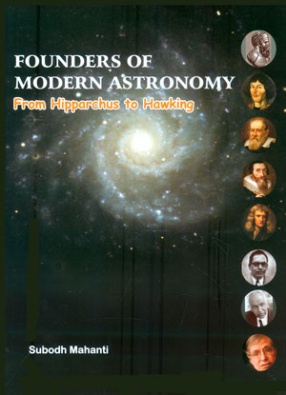
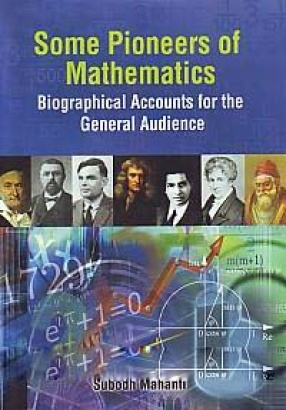

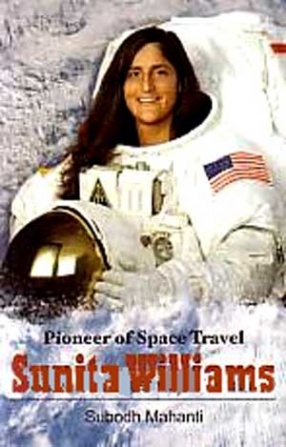
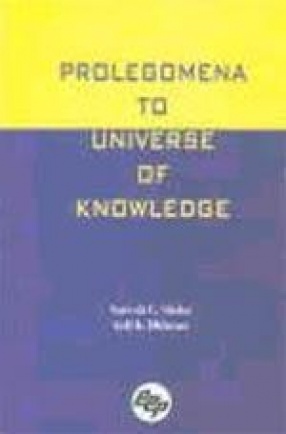

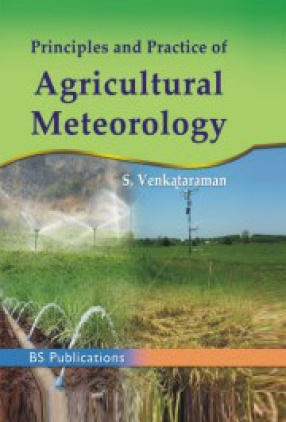
There are no reviews yet.